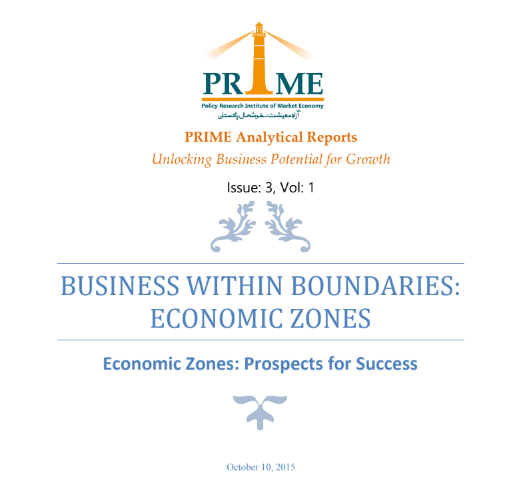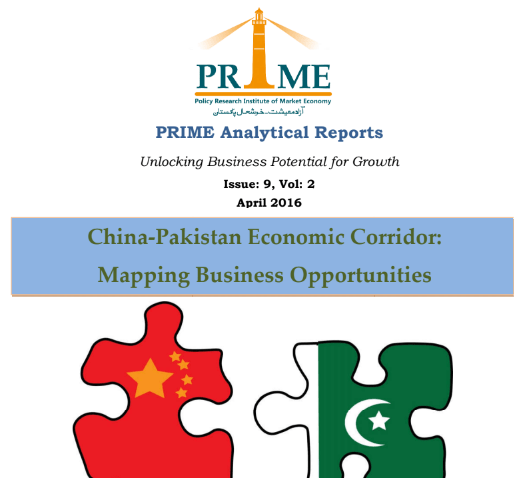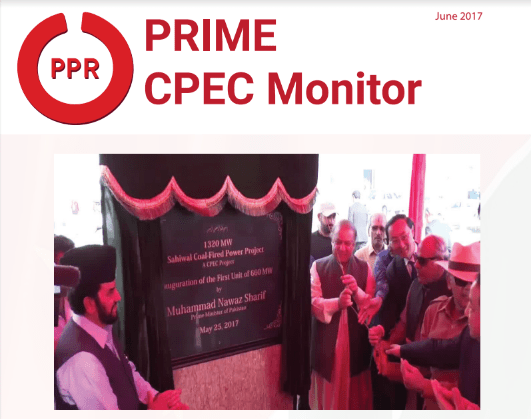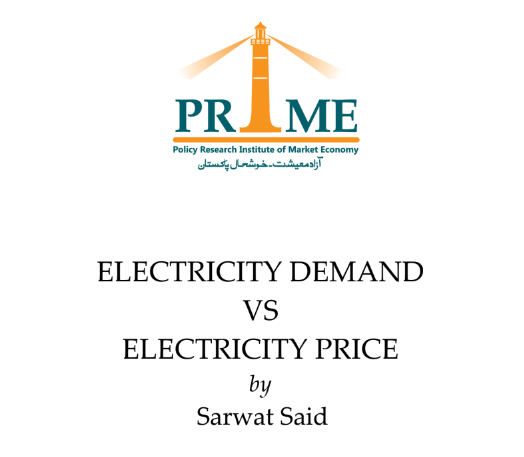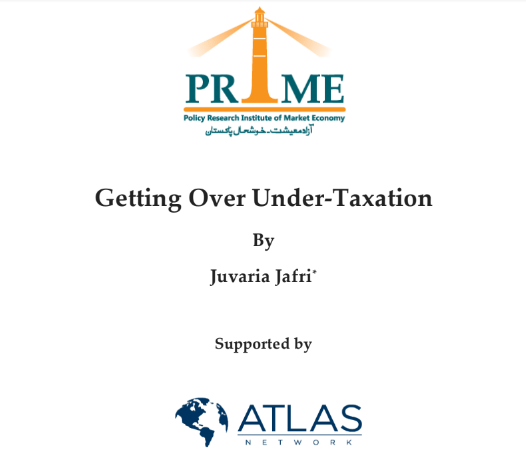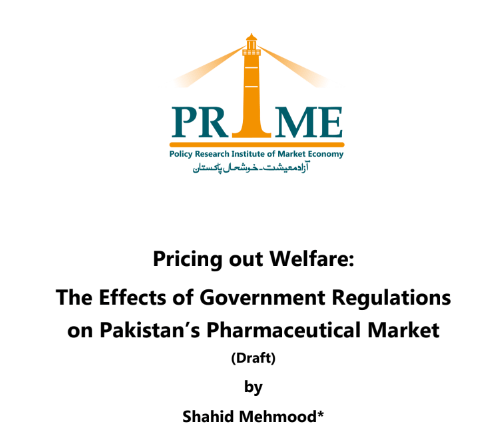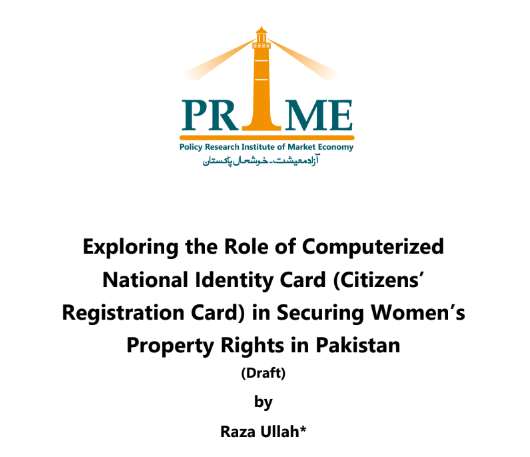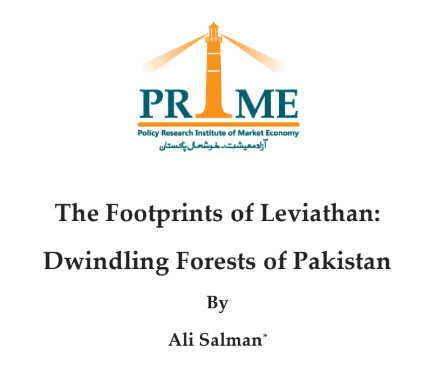Annual Report on the pharmaceuticals industry of Pakistan 2017
At the time of independence in 1947, there were no pharmaceutical firms in Pakistan. Today, the country boasts more than 700 pharmaceutical manufacturing units. In fact, QuintileIMS in its latest quarterly report1puts the ‘Active Manufacturers’ at 759, up from a total of 304 in 1999.However, official sources dispute this figure, contending that there are no more than 650 licensed manufacturers in Pakistani pharmaceutical industry.
This indicates a wide gulf between industry and the government that is characteristic of the pharmaceutical landscape in Pakistan. Taking the QuintileIMS figure as a reference point, only 27 are Multi-NationalCorporations (MNCs) while Pakistani firms account for 645 of the total 3. The generally accepted figure of MNCs, though, is 17 or 184, down from 40 or more in the 1990s.
[CONTINUED]
To read the full report, click here: Annual Report on the pharmaceuticals industry of Pakistan 2017
For media inquiries, contact saad@primeinstitute.org



